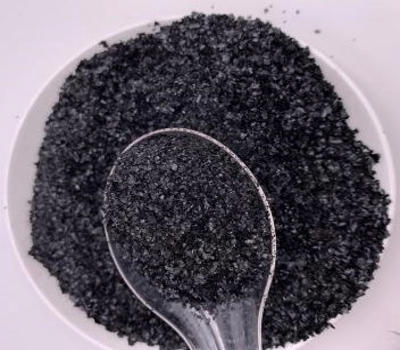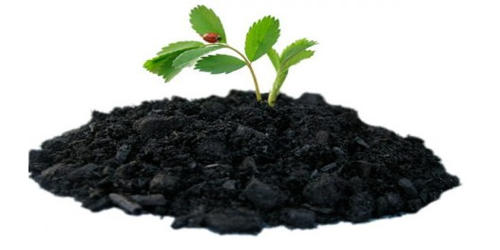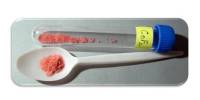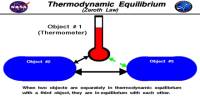Leonardite is an organic matter associated with lignite that has not yet completed the process of transformation to coal. It is a soft waxy, black or brown, shiny, vitreous mineraloid that is easily soluble in alkaline solutions. This differs from the humidified peats because they have a higher degree of oxidation. It is a dark, vitreous mineraloid produced by surface oxidation of lignite. It is an oxidation product of lignite, associated with near-surface mining.
It is a rich source of humic acid (up to 90%) and is used as a soil conditioner, as a stabilizer for ion-exchange resins in water treatment, in the remediation of polluted environments, and as a drilling additive. Among Leonardite differences with respect to the rest of the products with humic substances, the main one is the high bioactivity of Leonardite through its molecular structure. It was named after A. G. Leonard, first director of the North Dakota Geological Survey, in recognition of his work on these deposits.
Formation
Leonardite is found associated with near-surface lignite deposits. The fibrous mass became coal, on the top of which a thin layer of Leonardite was formed. They are thought to have been formed by the oxidation of the lignite, an interpretation supported by chemical analysis of leonardite compared to lignite. Through millions of years of formation, Leonardite has been subject to all kinds of physical and chemical actions, as well as microbiological, to reach its current form
Occurrence
Leonardite was first described from North Dakota and is found associated with virtually all the lignite deposits in the state. It is a product of atmospheric oxidation (part of the weathering process) of lignite (brown coal). Leonardite has also been described worldwide from deposits of lignite or sub-bituminous coals e.g. in Alberta, Canada, in Achlada and Zeli, Greece, in Turkey, and in Bacchus Marsh, Australia. This conversion occurs on a large scale, significantly impacting lignite properties in a negative manner, i.e., leading to structural weakness, excessive fragility, and loss of other inherent qualities of parental coal.

Fig: Leonardite Organic fertilizer
Uses
It is used to condition soils either by applying it directly to the land or by providing a source of humic acid or potassium humate for application. The carbon geosequestration potential of Leonardite, particularly to rapidly accelerate microbial action to lock up and retain carbon in soils, provides the basis for extensive research in Victoria on the organic fertilizing aspect of brown coal. The main benefits of Humic acid are that they stimulate microbiology, enhance the uptake of nutrients, and condition the soil’s parameters such as Carbon, pH, CEC.
Remediation of polluted soils
Leonardite can be added directly to soils to reduce the take-up of metals by plants in contaminated ground, particularly when combined with compost.
















